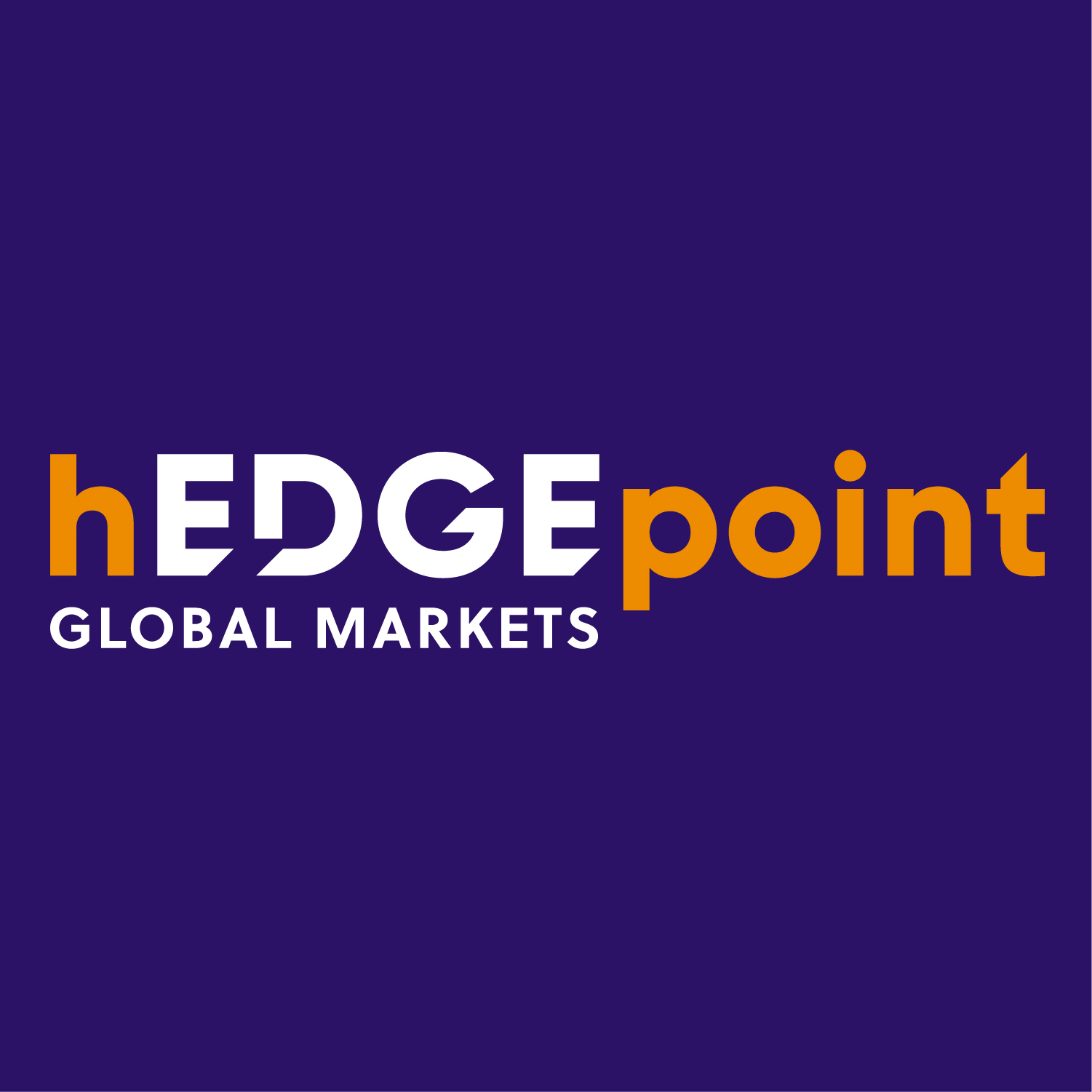The Sugar Market: What’s the current situation and future prospects?
2022 highlights from the sugar market, and what to expect in 2023, according to the experts
Brazil is the world leader in the production and export of sugarcane. The state of São Paulo alone produced 405 million tons, equivalent to 40 million reais, in 2021 (IBGE). The importance of the sugar market is linked to both the national economy and its significant history.
Sugarcane is almost as old in these parts as the arrival of the Portuguese. It’s believed that in 1520, during the country’s colonization, sugarcane was brought here by the new arrivals, who were met with ideal conditions for its cultivation in tropical territories.
And they were right: large-scale production was not only possible, but it turned the country into the world’s greatest exporting power. Today, in addition to leading the global sugarcane production ranking, we also lead the export ranks of ethanol, a fuel valued as a “clean” alternative to gasoline.
Versatility is one of the great qualities of this commodity. In addition to serving as raw material for the food industry, in the form of various types of sugar and sugarcane juice itself, it also participates in the energy sector, as it generates alcohol used as input to make ethanol.
hEDGEpoint has specialists foucsed on the sugar market. They’ve prepared the report below with the key information on last year (2022) and prospects. Check it out.
What were the highlights of the sugar market in 2022?
The Brazilian crop failure in 2021 not only generated a shortage in the market, but also encouraged a change in the proportion of qualities produced by India and Thailand, the main agents in the northern hemisphere.
Since then, raw sugar has found support in the deficit scenario (October-September 2021/2022), remaining above Indian export parity throughout 2022, at about 18.8c$/lb.
This price level was responsible for encouraging Asian producers to change their production ratio between qualities in favor of raw sugar. This trend led the white sugar market into a shortage, while encouraging prices to reach levels not seen in over 5 years. The sugar market also found support in the tightening of the physical market. With the war in Ukraine, the price of gas rose, thus raising the price of refining in Europe.
In the ethanol market, the main changes came from shifts in taxation, which led hydrous ethanol to lose competitiveness both at the pump and against sugar, resulting in a mix which was greater than expected.
The weather also contributed to a rise in sugar prices in the second half. Both droughts and excessive rains harmed producers all over the world, mainly in the northern hemisphere.
What can we expect from the sugar market in 2023?
For 2023, the weather has been positive for the development of the next Brazilian harvest, starting in April 2023, strengthening the surplus expectation for 2022/20223 (October-September), even with the delays in the northern hemisphere.
However, the sugar market is also greatly affected by factors external to its own, such as the world’s macroeconomic situation and the energy complex. Its movements can’t be ignored.
In addition, the market must pay attention to climate changes that directly affect the vegetative development of its raw materials: sugarcane and beets.
What’s the current scenario for the ethanol market?
In the Brazilian ethanol market, the main price changes were the result of shifts determined by the government. At the beginning of 2022, the crop in the Center South still raised questions, as hydrated sugar prices remained at the same level as raw sugar.
Even though people already believed in a sweeter harvest, the market was betting on a smaller mix than the estimated average at the end of the same year. This bet was mainly due to changes in the tax regime for fuels, which led hydrous ethanol to lose competitiveness both at the pump and against sugar.
The rise in oil prices also directly impacts the sugarcane production chain, both by raising production costs, and by influencing the price of ethanol.
How do you protect yourself from the sugar market’s volatility?
There are different types of risks in commodity markets. Even when estimating future possibilities, they’re still just trends, since it’s not possible to predict or avoid real events.
Weather storms, political and economic changes at the local and global level, and other unpredictable events such as wars, can’t be changed. But you can choose how to better deal with them.
In such a volatile market, it’s vital to plan in order to provide more predictability and security for the future of your business.
The best option to manage risks in the commodity markets and to avoid losses is to rely on a partner who’s a hedging specialist and has extensive knowledge of the agro market, as is the case with hEDGEpoint.
We combine the knowledge of experts in different commodities with risk management solutions through technology, and customized consulting, to always offer you the best experience in futures operations.
hEDGEpoint also now features the hEDGEpoint Academy, a course platform to disseminate knowledge about hedging, which brings many benefits to the agro market, and is still not widely used.
Get in touch with a consultant today to learn about how to use this instrument to directly favor your business.
Talk to a hEDGEpoint specialist soon.






